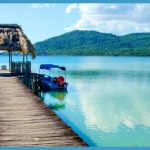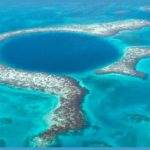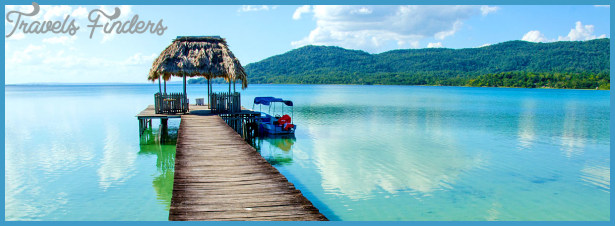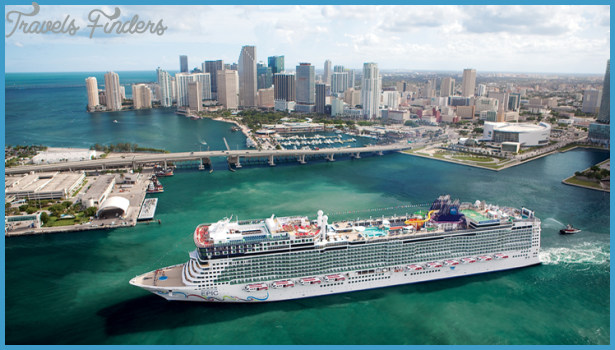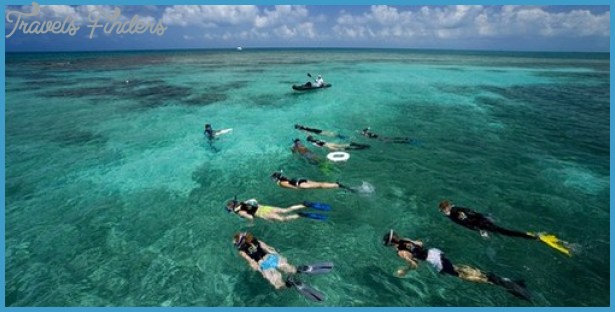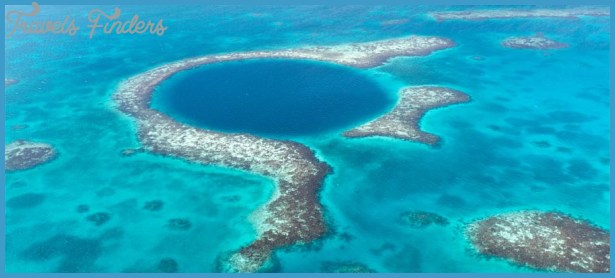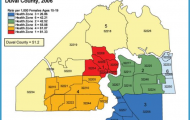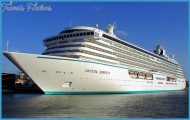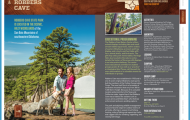Situated on the northeastern tip of Central America, the tiny country of Belize combines Central American and Caribbean cultures. It’s home to ancient Mayan ruins and a 298km (185-mile) coral reef that runs the entire length of the country the largest in the Western Hemisphere and the second largest in the world. Belize is serious in its dedication to conservation: One-fifh of its total landmass is dedicated as nature reserves, and 7,770 sq. km (2,973 sq. miles) of its waters are protected as well.
While some cruise ships anchor offshore from the capital, Belize City, smaller boats may moor directly off some of its 1,000-some tiny islands, or cayes, such as Ambergris Caye and Caye Caulker, both of which are also popular short-hop flights from Belize City. Tenders arriving in Belize City pull into the Fort Street Tourism Village, which has four main terminals with shops, restaurants, and tourist information. We’d recommend getting out of the city as quickly as possible it’s a frenetic, none-too-pleasant place. The inland sites and cayes are spectacular though. top draw Numerous operators offer day trips to Belize’s major Mayan ruins (they’re extraordinary), including Lamanai, an immense jungle site with more than 700 structures, most still half-buried; and hilltop Xunantunich, where more than 25 temples and palaces include the huge El Castillo (the castle). under the sea South of Ambergris Caye, the Hol Chan Marine Reserve & Shark Ray Alley (www.holchanbelize.org ) are a popular destination for snorkeling and swimming with stingrays and nurse sharks. for nature lovers Two major wildlife sanctuaries lie inland from Belize City, off the Northern Highway: the Community Baboon Sanctuary (www.howlermonkeys.org ), which preserves howler monkey habitat; and Crooked Tree Wildlife Sanctuary (www.belizeaudubon.org ), which protects a wetland mosaic habitat for more than 360 bird species.

